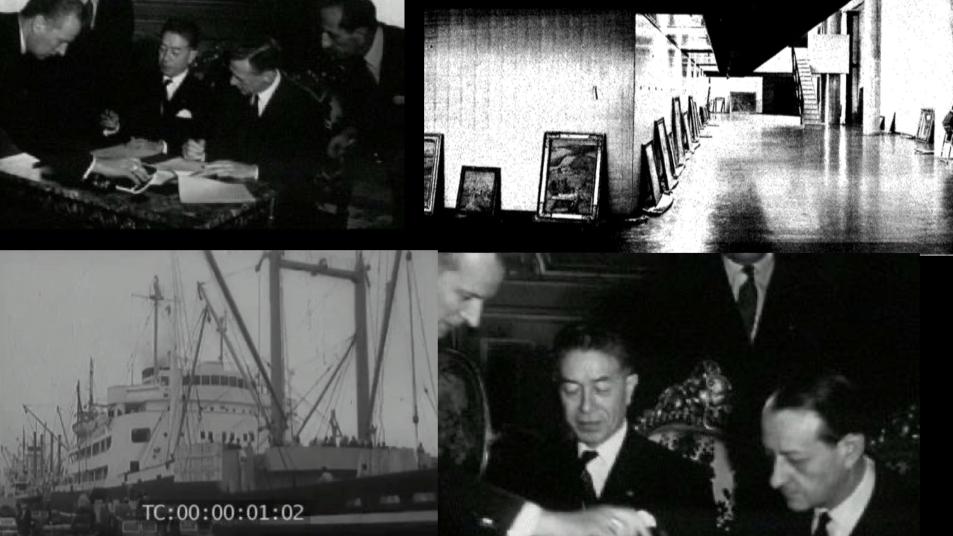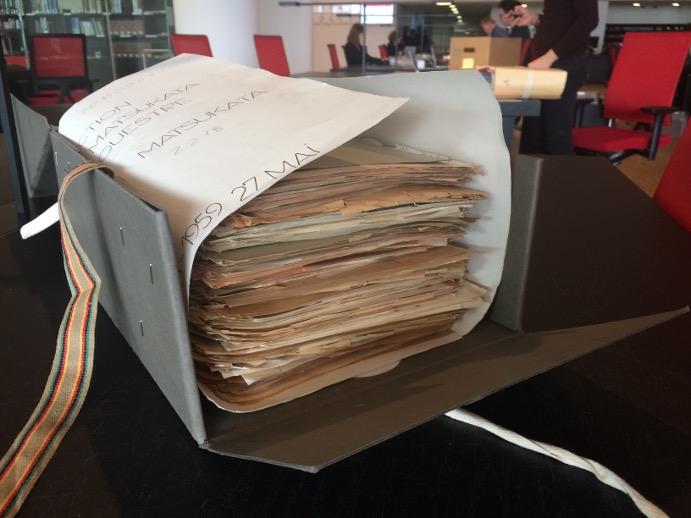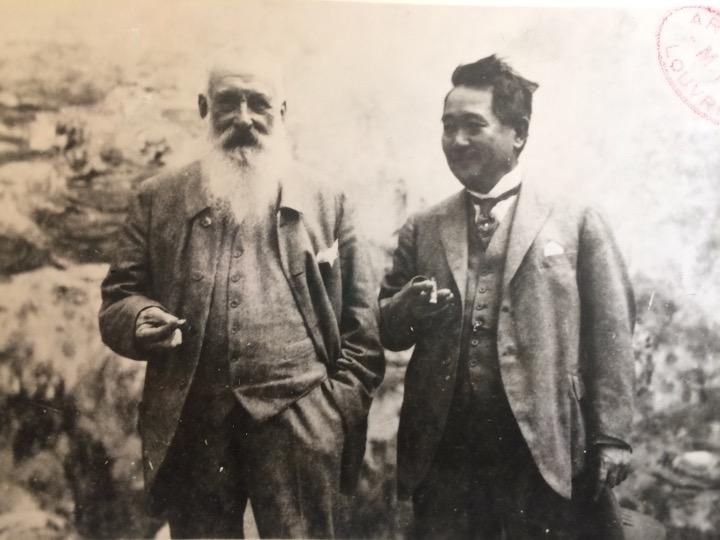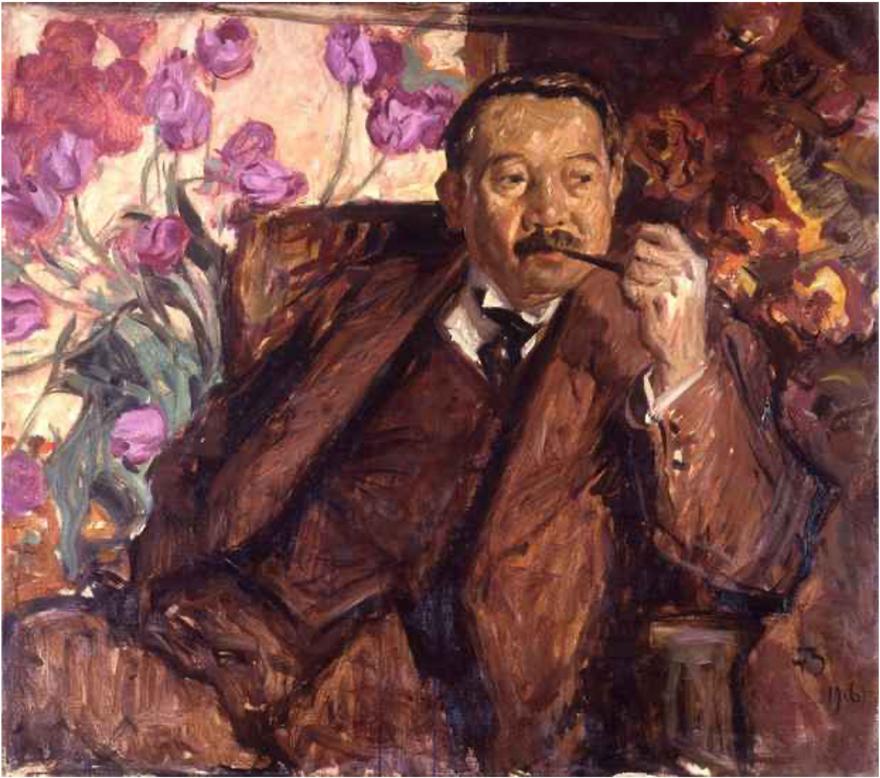
Breadcrumb
- Home /
- Research /
- Research projects /
- Séquestres. Le patrimoine (dé)possédé

The Principles of the Washington Conference in 1998, the discovery of the "Gurlitt treasure" and Emmanuel Macron's speech at the University of Ouagadougou in 2017 have rekindled debates on the restitution of cultural property and brought to light complex histories of heritage (de)possession. In these different forms of translocations of cultural property, one notion remains in the shadows: that of sequestration.
n legal terms, sequestration of property, in the broadest sense, was initially a temporary legal measure. In civil law, it results from a dispute over the validity of the title to the property in question, which is then "sequestered". In public law, it often echoes situations of conflict between States, and circumstances where the property of a person of "enemy" nationality is placed under sequestration pending its restitution or liquidation.
It is by crossing the contributions of digital humanities, history, art history, law, political science, economics, and sociology that the issue of sequestration of cultural property can be addressed and its topicality highlighted. It will thus be a question of analyzing the function of the sequestration of a cultural good, as well as the regime and the obligations which result from it, and to explore the intentionalities of it.

Today, the study of sequestration is experiencing a revival. This is evidenced by the recent example of the discovery of a monumental painting by Claude Monet, Nymphéas, reflets de Saule, in the reserves of the Louvre Museum in 2016 and "returned" two years later to the National Museum of Western Art, Tokyo. The work was part of the collection assembled between the wars by Japanese businessman Kōjirō Matsukata, which was placed under sequestration by the French state in 1944 as "enemy property."
This research project studies, thanks to digital humanities, the eventful destiny of this major Japanese collection, the largest part of which forms the heart of the National Museum of Western Art in Tokyo. It will involve visualizing the trajectories of 57 sculptures and 336 paintings, watercolors and drawings, and analyzing an unpublished corpus of archives - the letters relating to the sequestration, kept at the National Archives and at the Center of Diplomatic Archives in La Courneuve.
Team
- Founder : Léa Saint-Raymond
- Collaborators : Aliénor Brittmann, Margaux Dumas, Maxime Georges Métraux et Vincent Negri.
- Digital Mapping : Quentin Bernet
- R-Visualization: Mathieu Rimet-Meille
- Associate members : Rémi Chan-Renous, Susan Filoche-Romme, Aurélie Mazoué, Meng Kou, Qianchu Sun, Yohann Trivino.

